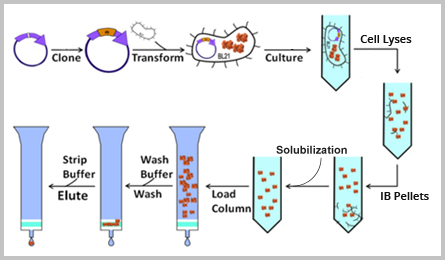There are a variety of different types of protein expression services available on the market, and each has its own unique set of features and benefits. This article will provide a brief overview of each type of service and explain how to set them up for your project.
Protein expression services can be broadly divided into two categories: those that use viral vectors to deliver the protein into cells, and those that use recombinant proteins. The former category includes services like SPARC, which uses a virus to deliver the gene encoding the protein into cells.

Image Source Google
Recombinant protein expression services, on the other hand, use recombinant proteins, which are made from multiple proteins that have been chemically linked together. These recombinant proteins can then be expressed in cells using a variety of methods, including over-expression (where the protein is produced at an excessive level), transcriptional activation (where the gene is turned on), or secreted (where the protein is released into the surrounding medium).
Each type of service has its own set of advantages and disadvantages. Viral vector-based services are generally faster and more reliable than recombinant protein-based services, but they often require more expertise to set up . Recombinant protein-based services are slower but more reproducible and less expensive.
As such, recombinant proteins typically include sequences encoding extracellular domains of other proteins (such as an antigen), signal sequences that target the expressed protein for secretion, a site for attachment of an antibody or ligand, and other features necessary.
